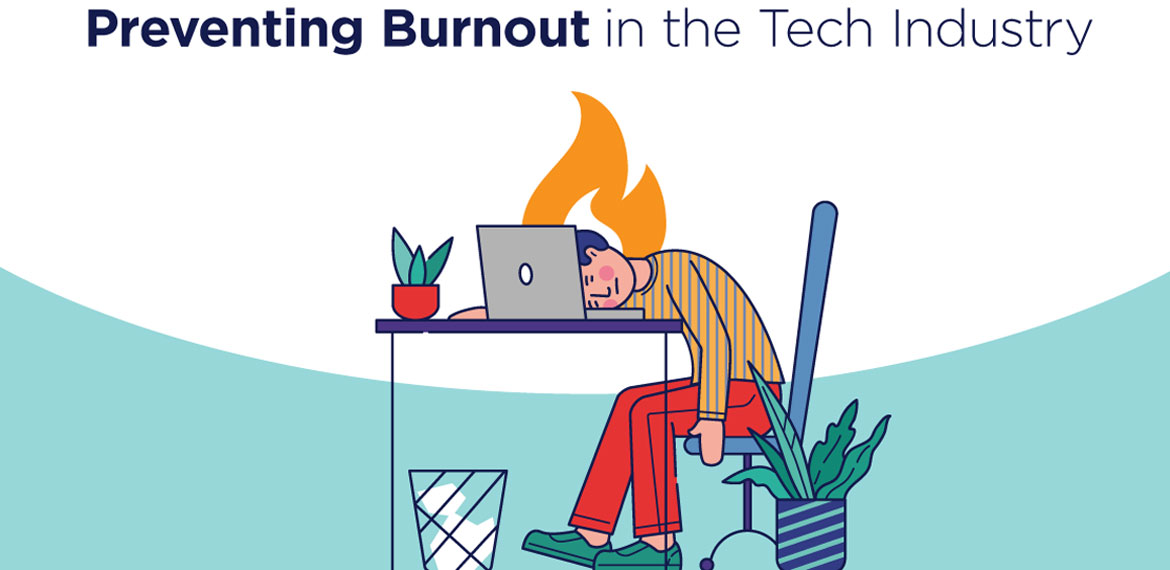“Mental health is not a destination, but a process. It’s about how you drive, not where you’re going.”
Introduction
The tech industry thrives on innovation, speed, and constant problem-solving. But behind every line of code and product launch, there are human beings juggling pressure, deadlines, and expectations — often at the cost of their mental health.
Despite increasing awareness, mental health conversations remain scarce in many tech workplaces, leading to burnout, anxiety, and a loss of creativity and productivity.
This article explores why mental health needs a louder voice in tech, how it impacts individuals and teams, and actionable ways to foster a culture of care and openness.
🚩 Why Mental Health in Tech Matters More Than Ever
1. High-Pressure Environment
- Constant deadlines and rapid pivots
- The expectation to be “always on”
- Fear of failure or being “left behind”
These create stress that accumulates silently.
2. Burnout Epidemic
Studies show that up to 60% of tech professionals report burnout symptoms such as exhaustion, cynicism, and decreased efficacy. Burnout leads to:
- Reduced productivity
- High turnover
- Physical and emotional health decline
3. Stigma and Silence
Mental health is still taboo in many tech circles — especially for roles perceived as “high achievers.” This stigma:
- Prevents individuals from seeking help
- Fosters isolation
- Undermines team trust and cohesion
💡 How Mental Health Affects Tech Work
Creativity & Problem Solving
Good mental health fuels innovation. Anxiety and exhaustion cloud judgement, reduce focus, and hinder creative thinking.
Collaboration & Communication
Stress and burnout can make team members withdrawn or irritable, disrupting smooth collaboration.
Retention & Growth
Companies ignoring mental wellness risk losing top talent and stalling team growth.
🌱 Creating a Culture That Supports Mental Health
1. Normalize Conversations
- Encourage open sharing of challenges and experiences
- Include mental health in team meetings and one-on-ones
- Share resources regularly
2. Flexible Work Arrangements
- Allow remote or hybrid options
- Promote reasonable work hours and breaks
- Trust employees to manage their workflow
3. Access to Professional Help
- Provide mental health benefits and counseling services
- Promote Employee Assistance Programs (EAPs)
- Facilitate peer support groups or mentorship
4. Training & Awareness
- Host workshops on stress management and resilience
- Train managers to recognize signs of distress
- Integrate wellness into leadership priorities
📈 The ROI of Prioritizing Mental Wellness
| Benefit | Impact on Business |
|---|---|
| Increased Productivity | Happier employees focus better, innovate more |
| Lower Absenteeism | Reduced sick days and turnover |
| Better Talent Attraction | Wellness programs attract top candidates |
| Stronger Team Dynamics | Trust and empathy improve collaboration |
🔧 Practical Tips for Tech Professionals
- Set boundaries: Define clear “off” times for work and rest.
- Practice mindfulness: Short breaks, breathing exercises, or meditation can reset your mind.
- Seek support: Talk to trusted colleagues, friends, or professionals.
- Stay active: Exercise boosts mood and energy.
- Limit screen time: Step away regularly to reduce digital fatigue.
Conclusion
Technology shapes the future — but the people behind it need mental health care to sustain innovation and growth.
Opening up the dialogue about mental wellness in tech is not just compassionate — it’s essential.
Let’s work together to build a tech culture where mental health is prioritized, stigma is broken, and every voice is heard.
“Taking care of your mind is just as important as writing good code.”
Call to Action
If this resonated with you, start a conversation today — with your team, your manager, or your community. Share this post to help raise awareness and inspire change.
🔗 If you found this article helpful, feel free to comment below or share with your network. Together, we can make tech healthier, one conversation at a time.
 Best Practices for Clean, Maintainable Code
Best Practices for Clean, Maintainable Code
